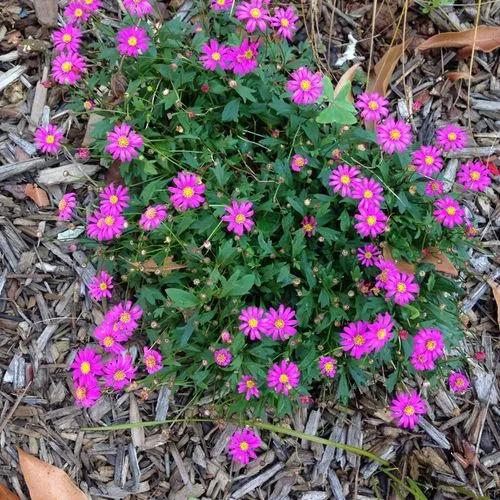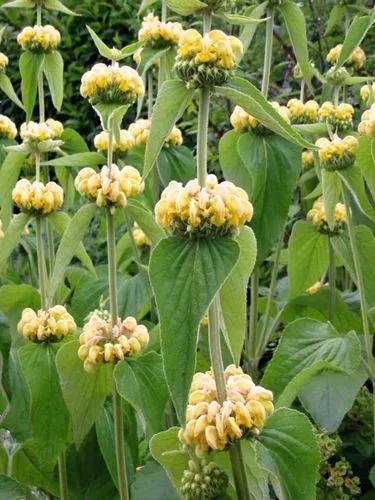Pennyroyal plant is a perennial herb that was once widely used but is not as common today. It has applications as an herbal remedy, culinary uses and as a decorative touch. Growing pennyroyal in the herb or perennial garden will add color with its reddish purple to lilac blooms. There are two plants called pennyroyal. One is the European pennyroyal (Mentha pulegium), which is a member of the mint family. The other is the American pennyroyal from an unrelated genus, Hedeoma pulegoides.
Pennyroyal Care
Mentha Pulegium



Invasive in wetlands regions.
How to Care for the Plant

Water

Regular moisture is important to a thriving pennyroyal plant. The surface of the soil should feel moist to the touch. Pennyroyal grows well in damp areas like stream banks or low-lying depressions in the landscape.

Pruning

Cutting back your pennyroyal plants is an important part of keeping it in bounds. Pennyroyal spreads indefinitely by creeping stolons, in the same way mint does, and can become invasive if not kept in check. Pull up the edges of your pennyroyal plant where it is rooting and spreading, and trim as desired to keep the plant in its designated spot. Do this more frequently in wet, warm weather; at least weekly. Cutting back pennyroyal plants after flowering keeps plants tidy as well.

Fertilizer

Chemical fertilizers aren't necessary to grow healthy pennyroyal plants. The plants can get all the nutrition they need from soil rich in organic humus from leaf mold, manure, or compost. Too much fertilizer will reduce flowering in pennyroyal plants.

Sunlight

Pennyroyal plants grow best in partial sunlight, but full sun is also tolerated as long as there is adequate moisture.

Soil

Pennyroyal plants grow at their best in moist, rich soil amended with organic matter. Plants also grow in clay or sandy conditions, and in fact sometimes less than ideal soil can help to check the plants' rapid growth.

Temperature

Pennyroyal grows equally well in areas with cool summers or hot summers. Humid conditions are better than dry or desert areas for growth, however, pennyroyal can adapt to dry climates with enough irrigation.

Container

Pennyroyal will grow in pots of any size, and tolerate being root bound. Use a commercial potting soil, and choose a pot with a drainage hole. Take care that the plant doesn't escape through the drainage hole and into the landscape if you're trying to keep it contained.

Additional

In large quantities this plant, especially in the form of the extracted essential oil, can cause abortions so it should not be used by pregnant women[165]. Avoid if patient has fits or seizures and those with liver or kidney disease. oral intake may cause abdominal cramps, fever, nausea, vomiting, confusion, delirium, auditory & visual hallucinations [301].

Popularity

944 people already have this plant 168 people have added this plant to their wishlists
Discover more plants with the list below
Related articles






